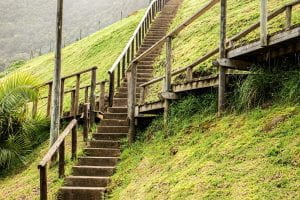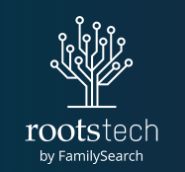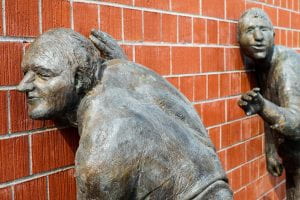
As most of my readers know, I am adding my family onto Wikitree. This is a website trying to connect one big global tree. But you must include sources to prove connections on the tree.
I have 287 profiles that I have added to the tree that relate to my family ancestors and descendants. I am manager of each of these profiles but will willingly hand over managership to a person more closely related than I am. I actually have 549 people connected to me, so nearly 300 profiles have been added by other cousins.
Here is how many steps they are away from me:
| 24 Jan 2023 | 3 | 13 | 51 | 86 | 145 | 74 | 177 | 549 |
I am degree 0, my parents and brother are degree 1 so they are the 3 in the chart. Degree 2 I have 13 people – these are my grandparents and my aunts and uncles. So I have a total of 549 people who are 7 or less steps away from me on the global Wikitree.
During this last week the Society of Australian Genealogists have been running a challenge on Wikitree. We started with 7 Australians that needed their trees built out further.
I was asked if I would look at some documents related to Oliver “Otto” Peters Heggie, his siblings and parents.
Oliver was a famous actor who got his start in Angaston, South Australia where he was born and passed away in Los Angeles.
During the week, I added 58 new profiles from the information in the Heggie memoirs. I started in Scotland with birth of James Heggie, father of Oliver. There was a lot of detail in the memoirs but I needed to find a source to add to each new profile – so looking for births in Scotland, then arrival in Australia, marriage in Australia and then birth of all the children including “Otto” in South Australia. I also found articles on Trove proving some of the information in the memoirs that I could then add to the biography of the profile person.
The idea of the challenge was to create at least seven connections going forward (children), backward (parents) or sideways (spouse and siblings)
There were 65 participants in the challenge. These were wikitreers from all around the world but quite a few from Australia. By the end of the challenge I was 16th on the list – I had added 58 profiles and won 10 bounty points for being the first person to connect a new Heggie profile to a profile already on the wikitree. I edited 74 profiles altogether and made 253 total edits.
I thoroughly enjoyed taking part in the challenge and have put my name down to help on the next one which relates to One Place Studies. I am interested in this as I also have a blog about the Sorell Municipality which is counted as a One Place Study (OPS).
Readers: Have you collaborated with other people to improve your family history?

